Search
Search Results

Image
Ancient Korean or Japanese Jar
This jar was excavated from a box-style stone coffin in Daishogunyama Tumulus on Tsushima, the Japanese island closest to the Korean peninsula. Its round body was created by lightly beating the outer surface of the bottom part with a beating...
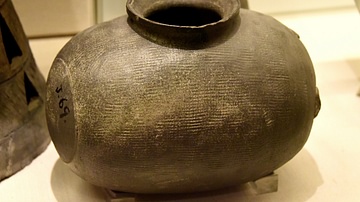
Image
Japanese Funerary Vessel
This Japanese funerary vessel is an example of Sue wares, originally made for tombs. They were probably used for feasting and drinking at the time of the funeral and then buried with the person who had died. They were crafted on a potter's...
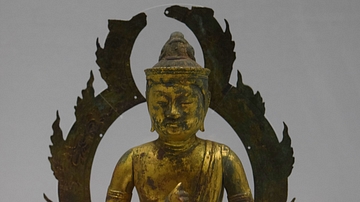
Image
Japanese Statuette of Buddha
This Japanese statuette of Buddha dates from the 12th century CE and the Heian Period. It was excavated at Mt. Nachi in Wakayama, Japan, and it is made of gilt bronze. (Tokyo National Museum)

Image
Japanese Green Tea
A bowl of whisked green tea (matcha), typical of the traditional Japanese tea ceremony.
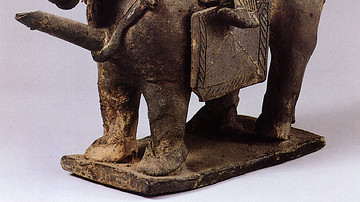
Article
The Horse-rider Theory in Ancient Japan
The 'horse-rider theory' is a controversial proposal that Japan was conquered around the 4th or 5th century CE by a culture from northern Asia to whom the horse was especially important. Although archaeological evidence and genetics point...
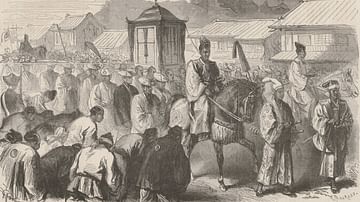
Definition
Meiji Restoration
The Meiji Restoration was a political event that took place in Japan in 1868. In it, the Tokugawa family, a warrior clan that had ruled Japan for more than 260 years, was overthrown by a group of political activists who proclaimed that their...
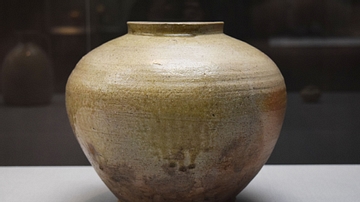
Image
Ancient Japanese Jar
This ancient Japanese jar dates from the 8th century CE, which corresponds to the Nara period in Japanese history. It is made of clay and natural glaze. (Tokyo National Museum)
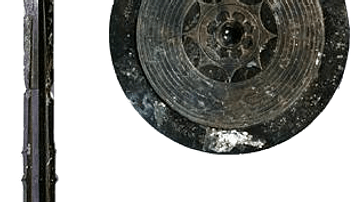
Image
Japanese Imperial Regalia
An aritst's impression of three items from the unseen Japanese imperial regalia. In Japanese mythology the sun goddess Amaterasu gave her son Ninigi three gifts to aid his rule on earth: the Yasakani, a fabulous jewel (or pearls or magatama...
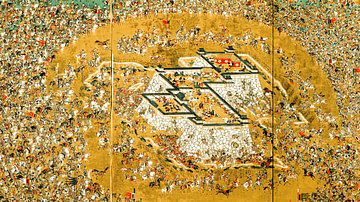
Image
Korean & Chinese Forces Attacking the Japanese Fort of Ulsan
A painting showing Chinese and Korean forces attack the Japanese fort of Ulsan in southern Korea during the Japanese invasions of Korea between 1592 and 1598 CE, otherwise known as the ‘Imjin Wars.’ (Municipal Museu of Fukuoka, Japan)
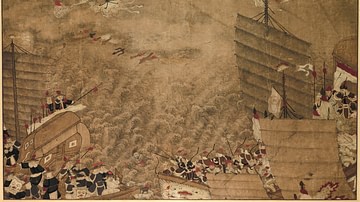
Definition
Wako - The Medieval Pirates of Southeast Asia
Wako (aka wokou and waegu) is a term used to refer to Japanese (but also including Chinese, Korean, and Portuguese) pirates who plagued the seas of East Asia from Korea to Indonesia, especially between the 13th and 17th centuries CE. Besides...